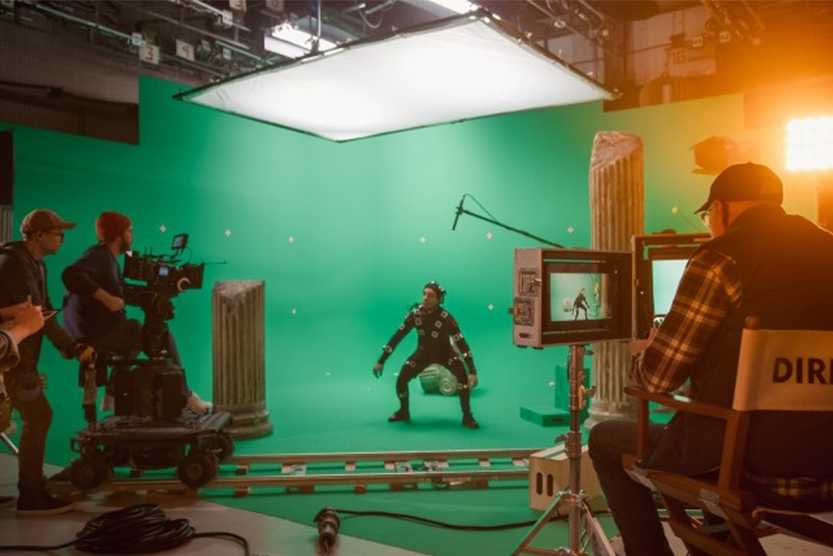Special Effects Then and Now
August 16, 2021 / Painted RhinoWhile it might not seem like it, special effects have been around since the late 1850s, with the first motion picture effect developed in 1895 by Alfred Clark. He used a practical dummy in place of an actor during an execution scene. Multiple exposures, time-lapse photography, hand-painted frames, and dissolves wouldn't come into cinematography until 1914.
While many people are used to seeing effects in cinema, a special effect can be used on and off-screen today. Additionally, in many instances, there is no reason for practical effects to achieve certain shots. With the changes in technology and techniques, cinematographers and entertainers can develop worlds and have viewers dispel disbelief, if only for a moment. However, before you can understand the evolutions in the industry, it’s necessary to develop a working definition of effects.
Difference Between Special Effects and Visual Effects
When discussing effects in the entertainment industry, you’ll often hear two phrases used seemingly interchangeably: special effects and visual effects. While some might use these terms as synonyms, they are not.
Visual effects are a reference to computer-aided and after-effects. In other words, the effects do not rely on mechanical or practical effects; everything can be added in after a shoot.
Special effects refer to the more traditional methods and techniques for creating things like 'stop tricks.' For these effects to work, they require mechanical and practical applications. They must become part of the filmmaking process and be present with the actors.
Computer Effects vs. Practical Effects
During the 1990s, computer-generated imagery became an essential part of filming and production. The tools allowed directors, producers, and actors to maintain safer sets with minimal risks of injuries.
While practical effects can help ground a scene, it’s easy to see how someone might end up hurt when you get into pyrotechnics and other techniques. However, for theming and environment building, practical and mechanical effects can’t be beaten. The tangible nature of practical effects is more rewarding for the visitor, viewer, and actor.
Despite the potential cost-savings with computer animation, CGI is challenged to sell reality in a 3D environment. Therefore, most special effect artists agree that there will always be a place for practical and mechanical effects.
Special Effects and Prop Services
Whether you’re a filmmaker or a venue manager, there are countless reasons and advantages to using special effects and theming for your project. The ability to interact with the mechanical and practical effects will help your actors or customers connect to the underlying theme. Anything you dream of is possible with special effects.
Have a Project in Mind?
Painted Rhino provides props and special effects solutions for filmmakers, film production companies, theater, and more. With our in-house capabilities and creative build team, we can fabricate your props, backgrounds, and displays of all sizes. From creature suits to custom scenery, we help you tell your story effectively.
Contact us to discuss your project's goal and your ambition. Then, watch as your imagination springs to life.
